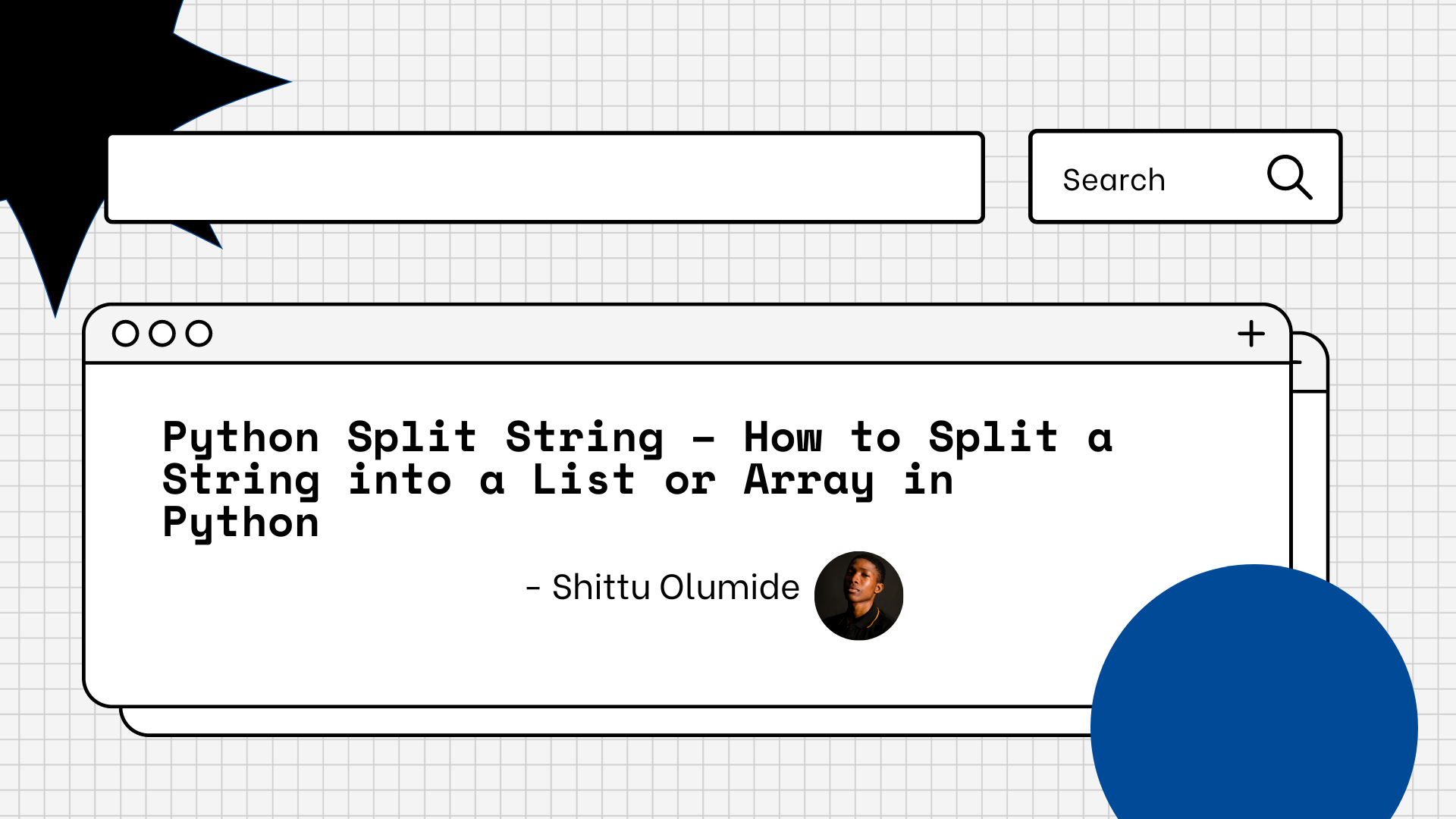In this article, we will walk through a comprehensive guide on how to split a string in Python and convert it into a list or array.
We'll start by introducing the string data type in Python and explaining its properties. Then we'll discuss the various ways in which you can split a string using built-in Python methods such as split(), splitlines(), and partition().
Overall, this article should be a useful resource for anyone looking to split a string into a list in Python, from beginners to experienced programmers.
What is a String in Python?
A string is a group of characters in Python that are encased in single quotes (' ') or double quotes (" "). This built-in Python data type is frequently used to represent textual data.
Since strings are immutable, they cannot be changed once they have been created. Any action that seems to modify a string actually produces a new string.
Concatenation, slicing, and formatting are just a few of the many operations that you can perform on strings in Python. You can also use strings with a number of built-in modules and functions, including re, str(), and len().
There's also a wide range of string operations, including split(), replace(), and strip(), that are available in Python. You can use them to manipulate strings in different ways.
myString = "Hello world"
Let's now learn how to split a string into a list in Python.
How to Split a String into a List Using the split() Method
The split() method is the most common way to split a string into a list in Python. This method splits a string into substrings based on a delimiter and returns a list of these substrings.
myString = "Hello world"
myList = myString.split()
print(myList)
Output:
['Hello', 'world']
In this example, we split the string "Hello world" into a list of two elements, "Hello" and "world", using the split() method.
How to Split a String into a List Using the splitlines() Method
The splitlines() method is used to split a string into a list of lines, based on the newline character (\n).
myString = "hello\nworld"
myList = myString.splitlines()
print(myList)
Output:
['hello', 'world']
In this example, we split the string "hello\nworld" into a list of two elements, "hello" and "world", using the splitlines() method.
How to Split a String into a List Using Regular Expressions with the re Module
The re module in Python provides a powerful way to split strings based on regular expressions.
import re
myString = "hello world"
myList = re.split('\s', myString)
print(myList)
Output:
['hello', 'world']
In this example, we split the string "hello world" into a list of two elements, "hello" and "world", using a regular expression that matches any whitespace character (\s).
How to Split a String into a List Using the partition() Method
The partition() method splits a string into three parts based on a separator and returns a tuple containing these parts. The separator itself is also included in the tuple.
myString = "hello:world"
myList = myString.partition(':')
print(myList)
Output:
('hello', ':', 'world')
In this example, we split the string "hello:world" into a tuple of three elements, "hello", ":", and "world", using the partition() method.
Note: The most common method for splitting a string into a list or array in Python is to use the split() method. This method is available for any string object in Python and splits the string into a list of substrings based on a specified delimiter.
When to Use Each Method
So here's an overview of these methods and when to use each one for quick reference:
split(): This is the most common method for splitting a text into a list. You can use this method when you want to split the text into words or substrings based on a specific delimiter, such as a space, comma, or tab.partition(): This method splits a text into three parts based on the first occurrence of a delimiter. You can use this method when you want to split the text into two parts and keep the delimiter. For example, you might usepartition()to split a URL into its protocol, domain, and path components. Thepartition()method returns a tuple of three strings.splitlines(): This method splits a text into a list of strings based on the newline characters (\n). You can use this method when you want to split a text into lines of text. For example, you might usesplitlines()to split a multiline string into individual lines.- Regular expressions: This is a more powerful method for splitting text into a list, as it allows you to split the text based on more complex patterns. For example, you might use regular expressions to split a text into sentences, based on the presence of punctuation marks. The
remodule in Python provides a range of functions for working with regular expressions.
Conclusion
These are some of the most common methods to split a string into a list or array in Python. Depending on your specific use case, one method may be more appropriate than the others.
Let's connect on Twitter and on LinkedIn. You can also subscribe to my YouTube channel.
Happy Coding!

